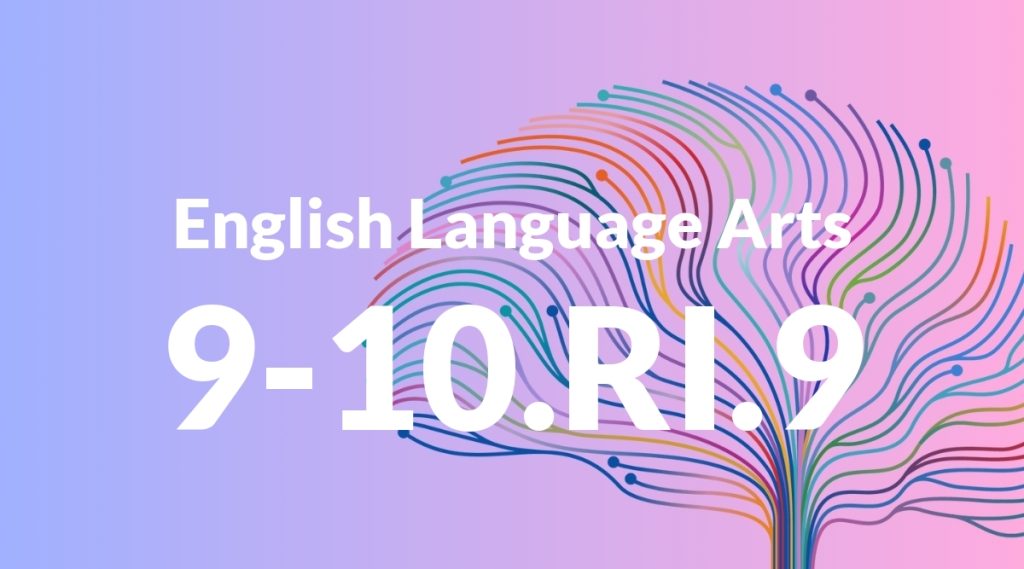Standard: 9-10.RI.9 – Analyze seminal U.S. documents of historical and literary significance (e.g., Washington’s Farewell Address, the Gettysburg Address, Roosevelt’s Four Freedoms speech, King’s ‘Letter from Birmingham Jail’), including how they address related themes and concepts.
Grade level: Grade 9-10
Subject: English Language Arts
Domain: Reading: Informational Text
Teacher Overview
This standard focuses on analyzing key U.S. documents that have shaped the nation’s history and literature. Understanding these texts helps students appreciate their significance and recognize recurring themes and concepts that continue to influence modern society. Students should be familiar with major events in U.S. history, basic literary terms, and the difference between primary and secondary sources.
After mastering this standard, students will be able to critically analyze and draw connections between historical and contemporary texts, enhancing their overall analytical and critical thinking skills.
Common Misconception 1
Some students may assume that these historical documents are only of interest to historians and do not hold relevance today. This is incorrect because the themes and ideas expressed in these documents often resonate with contemporary issues.
Intervention 1
To address this misconception, teachers can draw parallels between the historical context of the documents and current events, demonstrating the enduring relevance of the themes and concepts.
Common Misconception 2
Students might believe that these documents are simple and do not require in-depth analysis. This is incorrect as these texts often employ complex rhetorical strategies and contain multiple layers of meaning.
Intervention 2
Teachers can use close reading strategies to help students unpack the rhetorical devices and deeper meanings within the texts, fostering a more nuanced understanding.
Prerequisite Knowledge
Students should have a foundational understanding of U.S. history, basic literary analysis skills, and familiarity with primary and secondary sources.
Subsequent Knowledge
Students will develop the ability to critically analyze complex texts, draw connections between historical and contemporary themes, and articulate their insights in written and oral formats.
Instructional Activities
- Group discussions on the themes of the documents.
- Comparative essays on different documents.
- Research projects on the historical context of the documents.
- Debates on the relevance of the documents today.




